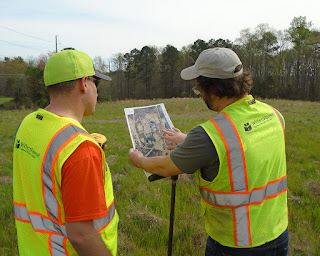Environmental Site Assessment: Why is it required ?
Environmental Site Assessment (ESA) helps in due diligence, pre-purchase, financing, and development approval purposes. Each type of ESA report has a distinct validity period.
After a certain period, ESA reports do expire!
Both Phase I environmental site assessment and II ESA are done for land development purposes. On a Municipal Development Approval, these Reports will be provided to the Municipality for evaluation, as part of the Development Approval Application method and to confirm the filing of a Record of Site Condition (RSC), if required.
When doing a property transaction, it is apparent that the ESA Reports will be given to a Lender for the mortgage pre-approval process. It can also be provided to a potential purchaser upon completing a conditional or final Purchase and Sales Agreement.
Learning the records of a property, its prior uses, and the potential presence of contamination are essential pieces of knowledge every buyer should have.
The companies conduct the following assessments/services for purposes such as selling property between parties.
Phase I ESAs
A Phase I ESA's objective is to establish whether there is evidence of actual or potential environmental contamination sources on the site and even reviewing neighboring properties. Phase I ESAs incorporates a historical records review, site visit, and interviews with informed and governing officials. Phase I ESAs help buyers to learn the potential environmental risks of a property.
Knowing potential environmental liabilities early in the procurement and financing process allows a buyer to focus on whether to go forward with the transaction or further studies are required to define the extent of contamination and even know the best possible way to remediate the property required. Since the cost to remediate contaminated land can be significant, the buyer needs to be informed of potential environmental liabilities.
Phase II ESAs
A Phase II ESA's purpose is to quantify possible contaminants of concern found on the site after the Phase I ESA. It includes underground utility clearances, fitting groundwater monitoring wells, assembling and drilling boreholes, gathering samples, and submitting chemical analysis at an authorized lab.
Site Remediation
Companies will prepare an effective remediation strategy under Site Remediation once the Phase II ESA interprets subsurface contamination.
Comprehensive design for managing contaminated media and a verification sampling program is developed to identify areas requiring remediation.




Comments
Post a Comment